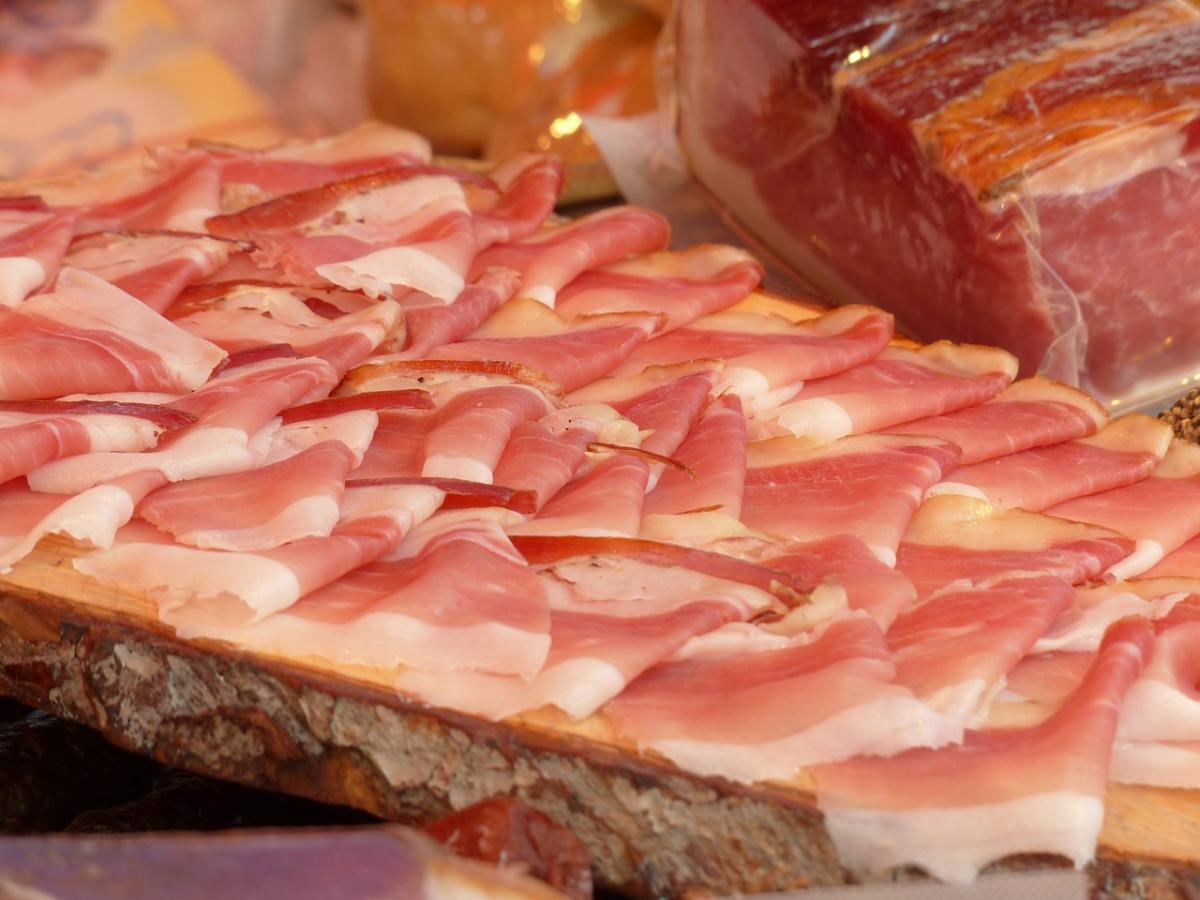Cured meats have a rich history that dates back thousands of years, evolving from necessary preservation methods to gourmet delicacies enjoyed worldwide. Early civilizations discovered that salting, smoking, and drying meat not only helped to prolong its shelf life but also enhanced its flavor. This practice became essential for survival, especially in cultures where fresh meat was not always available due to seasonal changes or geographic limitations.
The ancient Egyptians, Greeks, and Romans were among the first to document the curing process. They used various techniques, including curing with salt and spices, to prepare meats such as ham and sausages. The famous Roman philosopher Cato the Elder even wrote a treatise that included recipes and methods for curing meats, highlighting the importance of this culinary tradition in ancient society.
As trade routes expanded, so did the spread of curing methods. Different regions developed their own unique recipes and styles, influenced by local ingredients and cultural preferences. For example, in Spain, the practice of curing ham, known as Jamón, became an art form, while Italy established its own tradition with prosciutto and salami. Each type of cured meat tells a story about the people and places it came from, showcasing the variety and richness of global culinary traditions.
In modern times, cured meats have seen a resurgence in popularity, with chefs and food enthusiasts embracing artisanal production techniques. Today, many are returning to traditional practices, using high-quality ingredients and sustainable methods. The journey of cured meats continues, bridging the past with present tastes and sparking a renewed appreciation for this age-old craft.
Different Curing Techniques
Curing meats is an age-old practice that transforms fresh cuts into savory delicacies. There are several techniques used for curing, each bringing its unique flavor and texture to the finished product. The most common methods include dry curing, wet curing, and smoking, each offering a delightful journey through time and taste.
Dry curing is one of the oldest methods, where meat is rubbed with a mixture of salt and spices. This process draws moisture out of the meat, which not only preserves it but also intensifies the flavor. As the meat sits, it develops a distinct taste and a firm texture. Examples of dry-cured meats include prosciutto and salami, both celebrated staples in various cuisines.
On the other hand, wet curing involves soaking the meat in a brine solution made of water, salt, and sugar, along with other flavoring agents like herbs and spices. This technique infuses the meat with moisture and flavor, often resulting in a tender texture. Wet curing is commonly used for products such as hams and corned beef, making them succulent and richly flavored.
Smoking is another fascinating technique that adds a layer of complexity to cured meats. After either dry or wet curing, the meat is exposed to smoke from burning wood, which infuses a smoky flavor while also helping to preserve it. This method not only enhances the taste but also gives the meat an enticing aroma. Popular smoked cured meats include Canadian bacon and smoked sausages, showcasing how smoke can elevate the curing process.
Popular Cured Meat Varieties
Cured meats have a rich and diverse history, with each variety bringing its own unique flavors and techniques to the table. Among the most popular cured meats are prosciutto, salami, and pancetta. These iconic foods are not just staples in many cuisines; they also tell the story of the regions from which they originate.
Prosciutto, particularly from Italy, is a dry-cured ham famous for its sweet, buttery taste and delicate texture. Made from the hind leg of a pig, it is salted and air-dried for months, allowing the flavors to concentrate. The variations in production methods and climates mean that each region produces its own distinctive style, with the most renowned being Prosciutto di Parma.
Salami, a seasoned and air-dried sausage, is another beloved cured meat. With origins dating back to ancient Rome, salami is made from ground meats (usually pork) mixed with spices, herbs, and sometimes wine. The result is a flavorful, tangy sausage that can vary widely in taste and texture based on regional recipes. Each type of salami, from Italian to Spanish chorizo, offers a unique taste of its culture's culinary traditions.
Pancetta, often referred to as Italian bacon, is yet another popular cured meat. Unlike bacon, which is smoked, pancetta is cured with salt and spices, then rolled into a cylindrical shape. It’s commonly used in pasta dishes or as a flavoring ingredient in various recipes. The rich, savory flavor of pancetta adds depth to meals, making it a cherished component in Italian cooking.
Pairing Cured Meats with Drinks
When enjoying cured meats, the right drink can elevate the experience to new heights. These savory delicacies pair beautifully with a variety of beverages, enhancing their rich flavors and textures. Whether you prefer wine, beer, or even cocktails, there’s a perfect match for every cured meat.
One of the classic pairings is cured meats with wine. For instance, prosciutto and other dry-cured hams go wonderfully with a glass of dry white wine, such as a crisp Sauvignon Blanc. The acidity in the wine cuts through the richness of the meat, creating a balanced palate. On the other hand, a full-bodied red wine, like a Chianti or a Barbera, complements the robustness of salami or spicy chorizo beautifully, allowing their spices to shine.
Beer lovers also have fantastic options when it comes to pairing. A refreshing pilsner or lager works well with lighter cured meats, while a rich stout or porter can add depth alongside heartier options like smoked sausage. The carbonation and bitterness of beer contrast nicely with the savory notes of the meat, providing a delightful balance of flavors.
If you’re in the mood for something a little different, try pairing cured meats with cocktails. A classic gin and tonic can be a refreshing match for herb-infused meats, like bresaola, while a smoky mezcal cocktail can enhance the bold flavors of spiced meats. The variety of ingredients in cocktails allows you to experiment and discover new and exciting pairings.



